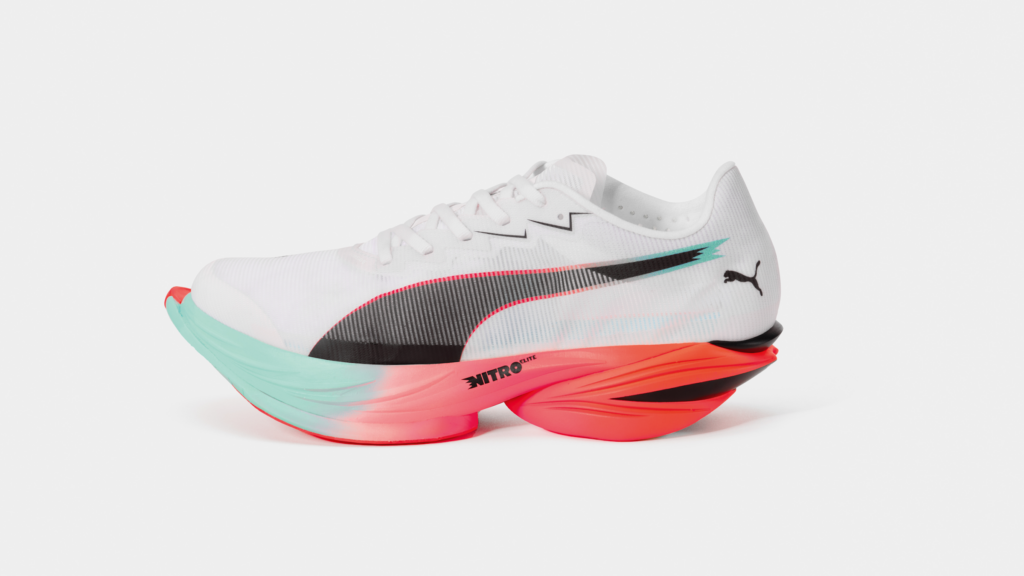The Nike Vaporfly 4% boldly advertised its potential benefits to runners right from its name. Upon its 2017 release, researchers at the University of Colorado published findings indicating that the shoe enhanced athletes’ running efficiency by an average of 4% compared to the leading marathon footwear of that time. This sparked significant excitement and led to numerous world records.
Key features of the Vaporfly included a firm, curved carbon-fiber plate and a thick layer of soft yet durable midsole foam. While neither component was particularly groundbreaking on its own, their combination remarkably improved runners’ efficiency. However, the exact reasons behind this phenomenon remain subjects of scientific debate. Since the Vaporfly’s debut, most major shoe brands have introduced various versions of the “supershoe,” experimenting with these fundamental elements in both minor and major ways.
A lingering question is whether newer shoes truly outperform the original Vaporfly. Some researchers have conducted comparative studies of different brand models, yielding ambiguous results. While a few newer designs might provide a marginal increase in efficiency, individual differences complicate clear conclusions. In the aftermath of Nike’s initiative in 2017, shoe brands have generally refrained from making definitive claims about their products’ performance.
Puma’s Bold Claim
That landscape is shifting with Puma, a long-established shoe brand that revitalized its running line in 2018. They are set to launch a new shoe aimed to premiere at the Boston and London marathons this month, claiming it offers a 3.5% improvement over competitors. They have even employed Wouter Hoogkamer, who led the external trials of Nike’s Vaporfly, to test the shoe. Hoogkamer’s recent data has shown promising results.
Research Findings
Hoogkamer’s study is currently available as a preprint on bioRxiv, where scientists share their findings before peer review. In this study, 15 volunteers with impressive 5K times ran on a treadmill while their oxygen consumption was monitored. This measurement helps assess running economy—an efficient shoe should minimize oxygen needs and maximize performance. Each participant’s economy was measured multiple times across different shoe models, including the Nike Alphafly 3, Adidas Adios Pro Evo 1, and Puma’s current top model, the Fast-R Nitro Elite 2.
The data revealed that the Fast-R Nitro Elite 3 exhibited the lowest metabolic rate overall, indicating it is the most efficient shoe tested. Runners using the Fast-R3 consumed 3.6% less energy than those in the Nike shoe, showcasing its superior performance across the board. Notably, every runner tested reported the highest efficiency while wearing the Fast-R3.
Design Innovations
Understanding what distinguishes the Fast-R3 is more complex than identifying the features of the Vaporfly. The Fast-R3, while structurally similar to its predecessor, features more refined design elements that enhance efficiency. Puma’s design team used biomechanical data from runners to create a virtual model of the shoe, tweaking its structure to maximize performance. This led to significant weight reductions, with the Fast-R3 being over 30% lighter than its predecessor.
Future Implications
Skepticism towards shoe brands’ claims is common, as biases can arise from sponsorships, like the funding of Hoogkamer’s study by Puma. Nonetheless, the results hint that the Fast-R3’s improvements may hold up. As elite runners prepare for events like the Boston Marathon, opportunities to validate these performance claims will become apparent. As Puma prepares for these competitions, enthusiasts are eager to see how the Fast-R3 performs in real-world conditions.



